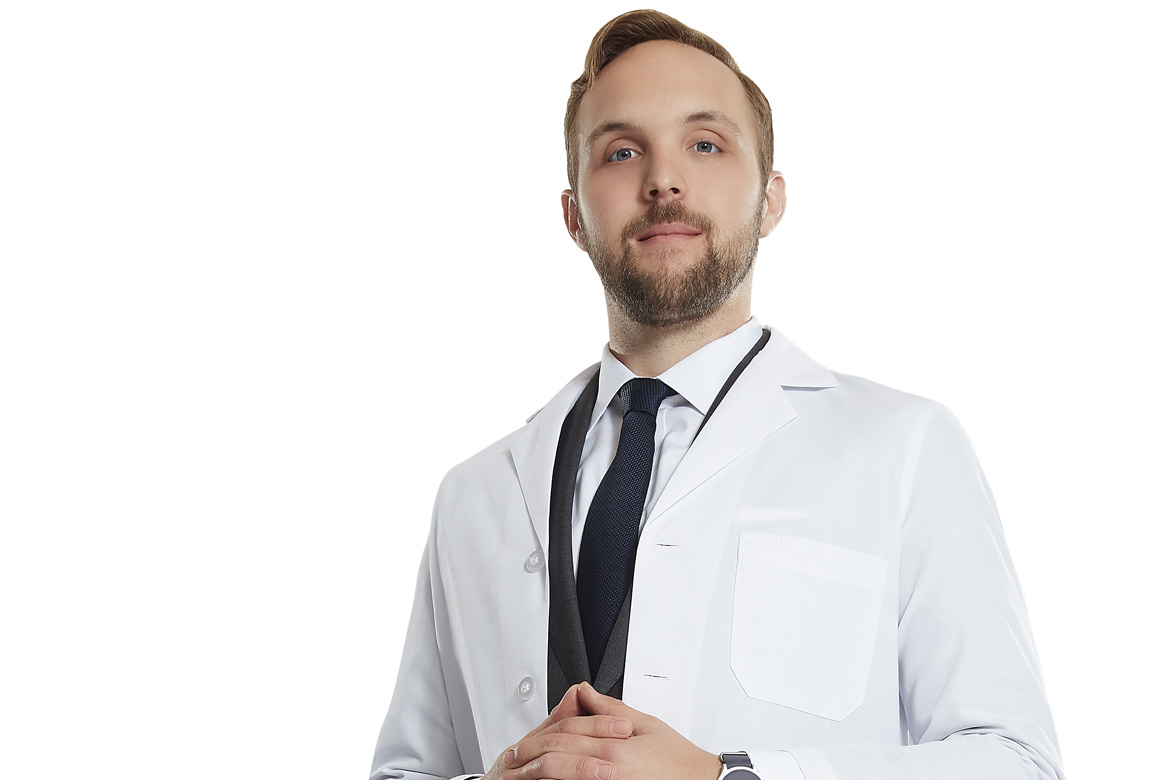The AMA “Members Move Medicine” series profiles a wide variety of doctors, offering a glimpse into the passions of women and men navigating new courses in American medicine.
On the move with: Colin H. Murphy, MD, anatomic and clinical pathologist who is a transfusion medicine fellow at Stanford University.
AMA member since: 2012.
What inspired me to pursue a career in medicine: In early studies in music and science, I enjoyed the study of systems. Medicine offered the opportunity to study many more systems, not only of physiology but also in delivery of care and logistics, all in the service of helping patients. I knew I’d found my right place in medicine when I helped my medical school’s laboratory bring a new test online that led to better care for hundreds of patients every year.
How I move medicine: As a laboratory medicine specialist, I contribute to the refinement of laboratory systems to increase accuracy and speed in diagnostic testing, ensuring better care and shorter times to more effective therapy. As a transfusion medicine physician, I work extensively across departments in education and research to provide better transfusion support to bleeding and critically ill patients.
As AMA Resident and Fellow Section (AMA-RFs) chair, I work with my colleagues in the AMA-RFS and collaborate with other sections to ensure the voice of trainees is heard at a national level.
Career highlights: As chair of the AMA-RFS, I and our governing council and delegation, represent over 50,000 trainee members of the AMA. I am a diplomate of the American Board of Pathology in anatomic and clinical pathology. I have also published four first-author scientific papers, primarily in transfusion and in coagulation and have written one book chapter on the evolution of transfusion therapy in trauma.
Advice I’d give to those interested in pursuing a career in medicine: The field of medicine is incredibly broad and filled with an amazing diversity of career options. For those who don’t know where they fit yet, there is always a need for more practitioners who are kind, analytical—and more health care providers of every type. Even for those who have their calling, there are countless more opportunities to help patients through administration, volunteering and advocacy.
How I give back to the community: My daily practice includes a focus on providing better transfusion care in adult and pediatric trauma, where successful resuscitation can mean giving years of quality life back to the community. I am also engaged in research that will hopefully improve some of that care, and every small improvement we make in bending the curve of trauma mortality means hundreds more life-years lived.
Aspect of my work that means the most: I am most engaged when working with a healthcare team to provide for the transfusion needs of critically ill patients. Some of the most meaningful of these cases include working with surgeons, anesthesiologists, and other intensivists in successfully stopping traumatic and obstetric hemorrhages.
My hope for the future of medicine: I hope to see, in my lifetime, a health care system in the United States with no financial barriers to providing or receiving care—one that cares for the health of populations as a priority and that creates a practice environment that emphasizes patient care alongside the needs and insights of providers.
Visit MembershipMovesMedicine.com to learn more about other AMA members who are relentlessly moving medicine through advocacy, education, patient care and practice innovation, and join or renew today.




